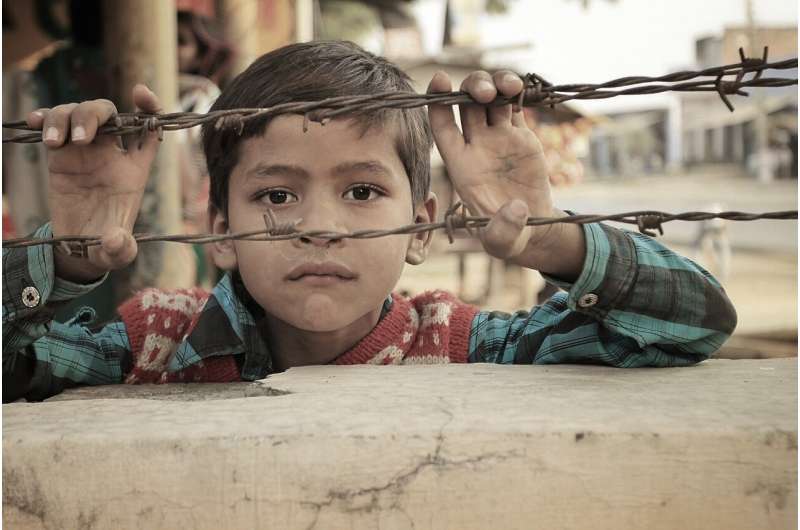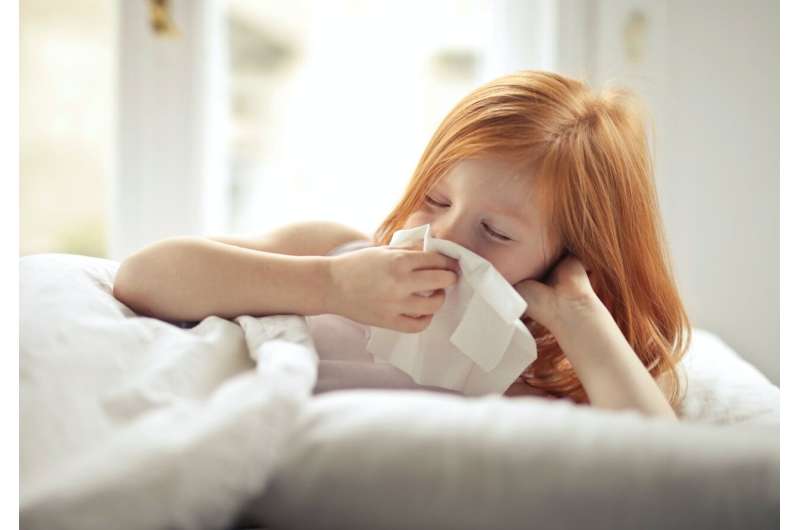Disproportionate Gun Injury Risks Among Children in Low-Opportunity Neighborhoods

Children in under-resourced neighborhoods face up to 20 times higher risk of gun injuries, highlighting the need for targeted prevention and policy measures to protect youth.
Recent research indicates that children living in neighborhoods with limited resources and opportunities are at drastically higher risk of gun-related injuries, with hospitalization rates up to 20 times greater than those in more advantaged areas. This multi-state study, led by Northwestern University, analyzed hospital discharge data for nearly 7,000 pediatric gun injury cases across Florida, Maryland, New York, and Wisconsin from 2016 to 2021. It found that most injuries among children under 18 are due to unintentional shootings—accidents resulting from mishandling or accidental discharges of firearms. The study highlights that children in 'very low-opportunity' neighborhoods are significantly more vulnerable, with over a quarter of these areas classified as hotspots for firearm injuries compared to only 5% in high-opportunity regions. In Maryland, children in these underserved neighborhoods are more than 20 times more likely to be hospitalized for gun injuries than their peers in wealthier communities, with similar disparities observed in Wisconsin, New York, and Florida.
The prevailing cause of these injuries is unintentional shootings, which account for approximately 57% to 63% of hospitalizations, followed by assaults and, less commonly, self-inflicted injuries. Interestingly, while children in higher-opportunity neighborhoods experience fewer injuries, they are more than twice as likely to die from firearm-related incidents—partly due to a higher incidence of self-harm.
The research underscores the urgent need for targeted prevention efforts, including safe firearm storage laws, community education, and policy interventions aimed at high-risk areas. Implementing child access prevention laws has already shown promising results in reducing accidental and suicide-related firearm deaths, and further evaluation of these measures is essential. The study emphasizes that addressing structural inequalities and enhancing neighborhood opportunities can play a crucial role in reducing pediatric gun injuries.
Overall, this research sheds light on the critical connection between neighborhood conditions and firearm injury risks among youth, advocating for comprehensive prevention strategies to protect vulnerable children and reduce disparities across communities. Source: https://medicalxpress.com/news/2025-09-children-opportunity-neighborhoods-higher-gun.html
Stay Updated with Mia's Feed
Get the latest health & wellness insights delivered straight to your inbox.
Related Articles
AI-Driven Handwriting Analysis as a Breakthrough in Early Dyslexia Detection
Innovative AI-powered handwriting analysis offers a new pathway for early detection of dyslexia and dysgraphia, paving the way for more accessible and efficient screening methods for children.
How Tumor Oxygen Deficiency Can Indirectly Encourage Colon Cancer Progression
New studies show that localized oxygen deficiency within colon tumors can promote cancer growth by transforming supportive cells into inflammatory fibroblasts, opening new avenues for targeted therapy.
Debunking Myths About Flu Treatment and Neuropsychiatric Risks in Children
New research from Vanderbilt University challenges myths about oseltamivir increasing neuropsychiatric risks in children, highlighting the importance of early flu treatment and clarifying that the flu itself is the main factor behind neurological complications.
New Menopause Medication Achieves Over 70% Reduction in Hot Flashes in International Study
A recent international study shows that elinzanetant reduces hot flashes by over 70% in postmenopausal women, offering a promising nonhormonal treatment for menopause symptoms.



